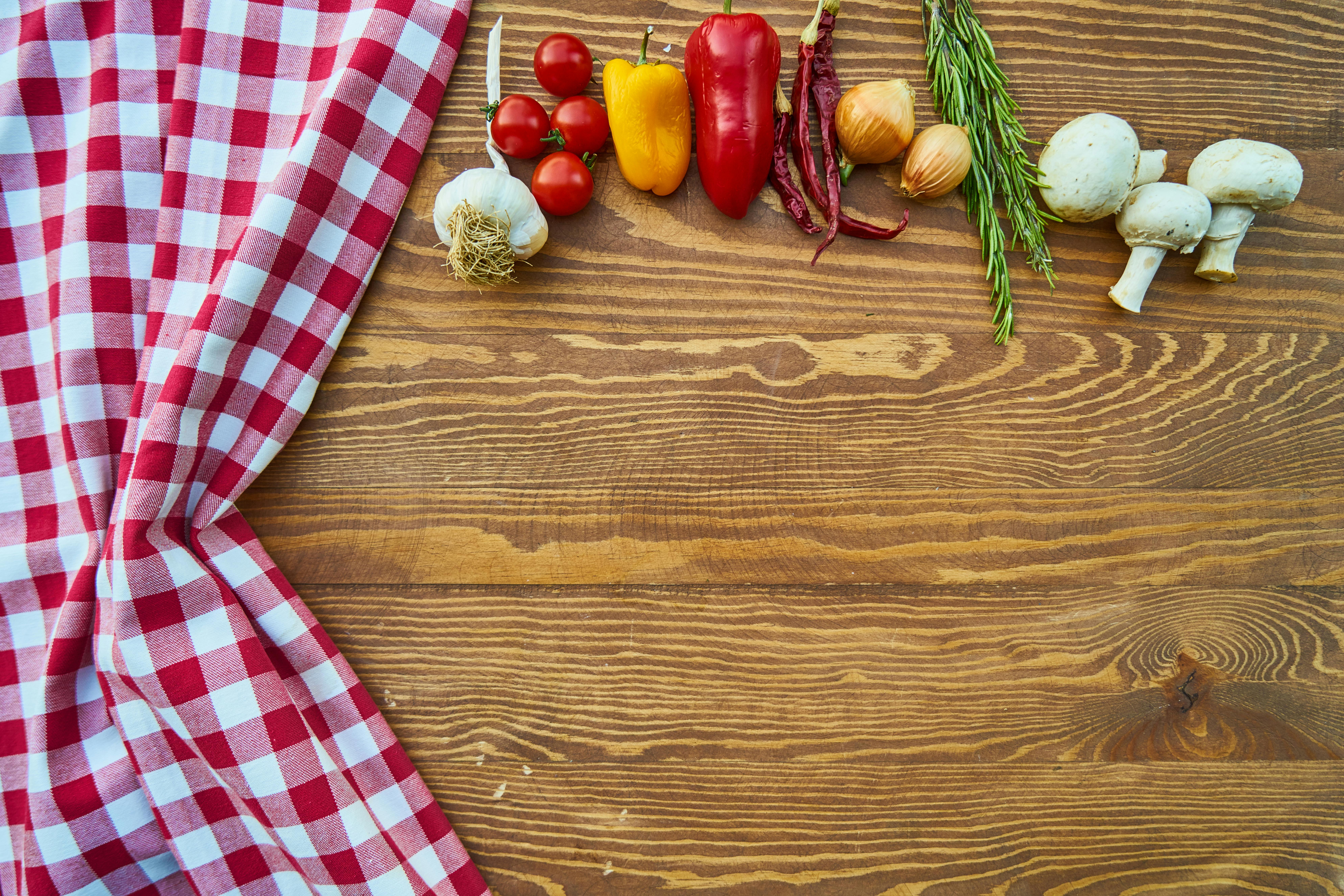
Salt: What’s in Your Kitchen and Refrigerator May Be Killing
Salty food is tasty. It can make us lick all of our fingers in the same way that a greedy dog licks his plate.
Stores sell iodized and iodine-free salts. “Iodized salt” refers to salts that contain iodine. Unless you are sensitive to iodine, I don’t see any reason why someone would choose salt without iodine over iodized salt; iodine is necessary for our health in small doses.
Sodium and chloride make up the main chemical composition of salt. About two-fifths or 40 percent of salt is sodium.
Both sodium and iodine have roles to play in the body. However, people who are in the habit of eating very salty foods are at risk for many serious medical ailments, such as high blood pressure and strokes.
Lack of knowledge of the sodium content of tasty foods, drinks, or snacks is partly to blame for people’s high salt intake. The average American consumes five to ten times the amount of sodium they need.
My eyes were wide open when I discovered the amount of sodium in my favorite cheese, a discovery that caused me to switch to a low sodium brand. I hope readers do the same. Look up the sodium content of your favorite foods and snacks, salad dressings, bread, and bagels, and consider switching to a safer alternative.
Sodium balance, high blood pressure and aging.
Humans have around 100 grams of sodium in their body, most of it flowing into the bloodstream. The body always strives to achieve a balanced range of sodium in the blood, the excess sodium that we do not need is evacuated through urination, sweating or bowel movements. On the other hand, when the body is low in sodium, it absorbs more through the kidneys.
However, eating salty foods for a long time can overwhelm the body’s ability to maintain that balance. Also, with aging, when physical activity levels decline and the kidney filters become duller than an old kitchen knife, the body retains more sodium.
A large amount of sodium in the blood absorbs body water, creating sodium-saturated blood, bloating of the blood vessels, and high blood pressure.
Food industries and what I found in my fridge
Profit is what motivates the food industries. The corner store that sells hot dogs, the cafes that ask if you want breakfast, and the chefs behind your favorite restaurants – none of them care about your well-being and well-being. Salt sells its merchandise and salt is what you get.
Even dieters and weight watchers are fooled by how much salt they consume. I woke up one morning with a mission: to find sodium in the fridge. A glass bottle of sauce on the sidebar contained 520 mg of sodium per tablespoon. To the right of the glass bottle, a plastic container of yogurt ranch salad dressing has 280 mg of sodium in two tablespoons, and the tomato paste next to the ranch yogurt has 160 mg of sodium in one tablespoon. As you can see, sodium intake adds up very quickly.
Now what?
Sodium exists in many natural foods. Get your sodium from natural sources like apples, berries, vegetables, eggs, milk, herbs, seafood, and many more.
Like sodium, iodine is found in natural foods. Sources of iodine include seaweed, seaweed, milk, eggs, fish, yogurt, shrimp, beans, and fruits or vegetables that grow in soils rich in iodine.
How much salt do we need?
Sodium is not all bad. Helps blood flow through arteries and veins. Another way sodium helps is to facilitate the entry of molecules like glucose through the cell wall into the cytoplasm.
One-half teaspoon of iodized salt, which contains 1,163 milligrams of sodium and 200 micrograms of iodine, is enough to provide most people with their daily sodium and iodine needs. People with high blood pressure or liver, kidney, or heart problems may need to further limit their sodium intake.
Combining iodine with salt is a convenient way to help people meet their iodine requirement. The thyroid gland, located on the sides of the neck, needs iodine to make thyroxine, an important hormone in the body. Mental decline, weight gain, and goiter are some of the signs of a malfunctioning thyroid gland, which may be due to iodine deficiency.
11 tips to stop sodium attack
• Check the table salt in your kitchen today. Does it say iodized salt?
• Watch the sodium content of the foods and snacks you eat and the seasonings you add to your meals.
• Cook your own food and don’t ask for salt in the food you eat.
• Half a teaspoon of iodized salt is enough to meet our daily needs for sodium and iodine.
• Natural foods are better alternative sources of sodium and salt.
• Ask about salt-free or low-salt products in stores.
• Know the sodium content of anything you put in your pot or plate.
• Read all food labels, especially packaged and processed foods.
• Take your blood pressure at least once a year and more often if you have high blood pressure.
• Don’t trust taste; Check online for the sodium content of your favorite foods, snacks, and condiments.
• Diarrhea, profuse sweating, and the use of certain diuretics may require a higher salt intake.
Disclaimer: Nothing in this article is intended to diagnose or treat any medical condition. The information provided is based solely on the experience and understanding of the author. Readers should seek the advice of their own doctors and nutritionists.
